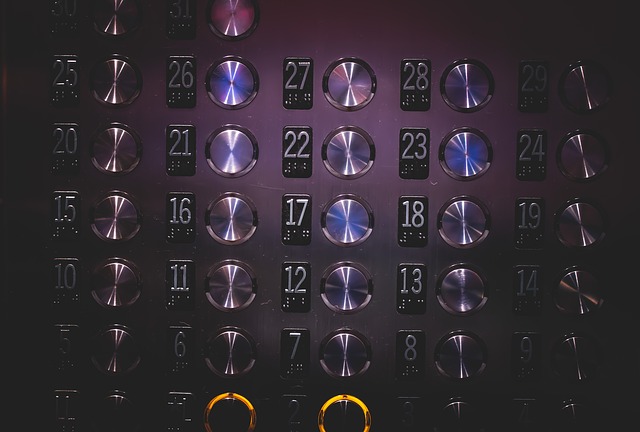
There is no one quite as suited to the task of explaining the importance of regular lift maintenance as a lift consultant. Regular maintenance benefits the building owner’s lift equipment by preserving the proper function and improving its durability. Regular maintenance also ensures that your life complies with legal obligations.
The good news for building owners is that lift maintenance services are not especially costly and you will not need to set aside a small fortune to take out a lift maintenance contract. Actually, a solid plan for lift maintenance can help to preserve the efficiency of lift operations and save cash in the long run.
In the following discussion with lift engineer, David Pickering, we will discover more insights on the benefits and importance of lift maintenance for both residential and commercial buildings.
About David Pickering
David Pickering, the Associate Director at ILECS, began working as an apprentice and has since gathered over 2 decades of experience in designing, installing and maintaining lifts. He has also worked as a senior engineer in Dublin before he began his consultancy work in the UK.
David received his Master’s degree in Lift engineering from Northampton University and is a member of CIBSE (Chartered Institution of Building Services Engineers). We asked him some of these questions concerning lift management and maintenance.
How Does Maintenance Preserve Reliability in a Lift?
I like to use the analogy of a car when providing my clients with a better understanding of why lift equipment needs to be maintained regularly. People often understand new concepts better when they are presented in a structure of something they are already familiar with. If you are in Hampshire and in need of lift maintenance then see ‘lift maintenance in Hampshire‘
Much Like a car, the lift includes some general design features. For example:
- motor machine
- features for user control
- braking system
- electronic control system
- Doors
Some of the components of lift equipment can be considered consumable, this means that they are eventually going to break down and need to be replaced throughout the lift’s service life.
Some of the consumable parts of a lift may include ropes, rollers and oil. This is a lot like the consumable components of a car like the tyres, filters and oil that must be changed after a certain amount of time.
Lifts also come in a variety of designs, just like cars. Some lift manufacturers, like EZE Lifts, also have varying degrees of product quality and customer reputation.
Much like a car, we rely on a specific amount of mobility and efficiency when we are using the lift. When you use your car, you hope to arrive at your destination as quickly and safely as possible. But much like the car, the lift will lose some of its operational efficiency the more it is used.
This is where a plan for preventative maintenance can help both the car and the lift to perform optimally throughout their service life.
Would You say that a Good Maintenance Plan is a Requirement for a Reliable Lift?
Essentially, yes.
A plan for preventative maintenance will go a long way in ensuring the optimal function and keeping the lift operating in compliance with regulatory laws and safety guidelines. In other words, the building’s owner will need a programme of preventative maintenance to adhere to legal safety obligations.
How Much Will It Cost to Acquire a Maintenance Plan For My Lift?
Just like with a car, the costs of lift maintenance will be quite different depending on the type of equipment the lift uses.
The overall costs for lift maintenance will depend on several factors, including:
- The level of usage
- The type of usage
- The age of the lift
- The quality of the equipment
Let’s take the example of a well-installed and heavily engineered lift and a lift that has been engineered and installed at a value rate. If both of these lifts are operating in the same environment, the former will require a less demanding programme for preventative maintenance compared to the one that has value-engineering.
This is because the well-installed and heavily-engineered lift will have robust components that improve the durability of the lift. This will go a long way in reducing the amount of maintenance needed to keep the lift in excellent functionality.
